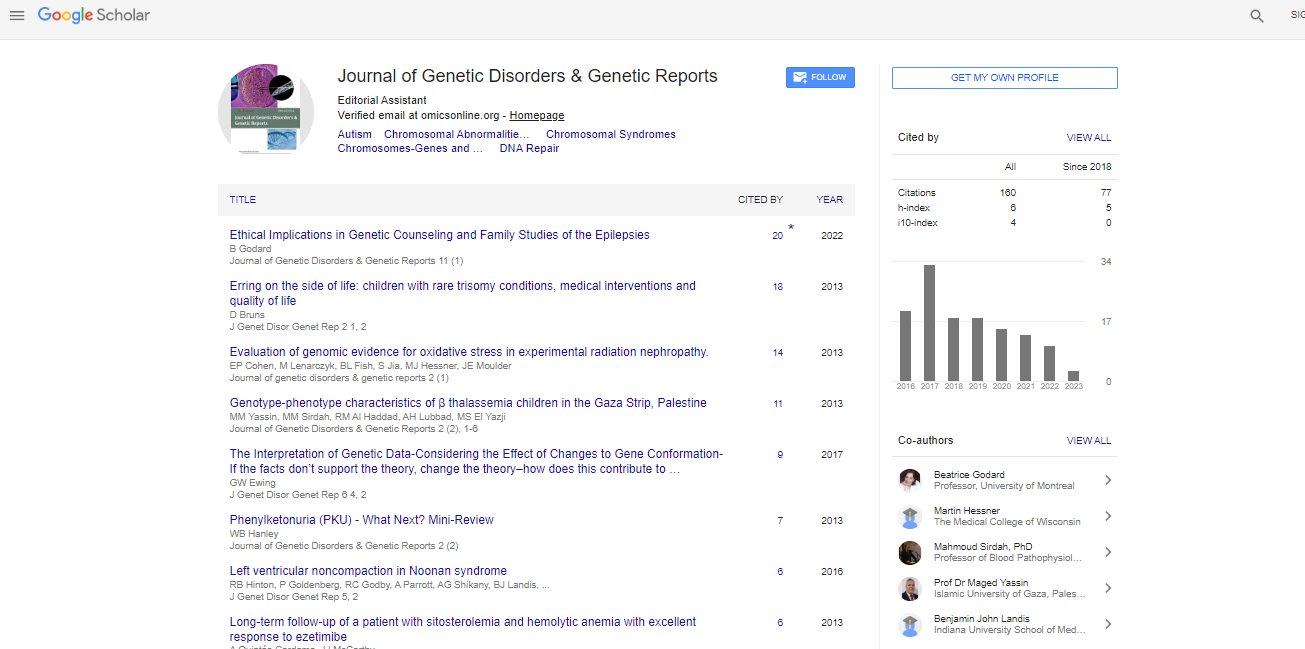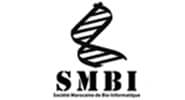Perspective, J Genet Disor Genet Rep Vol: 10 Issue: 6
DNA Sequencing Methods
Arman Qureshi*
Department of Genetics, Pakistan Jordan Medical College, Pakistan
*Corresponding author: Arman Q, Department of Genetics, Pakistan Metropolitan Geriatric Medical College, Pakistan; E-mail: arman 676@gmail.com
Received date: June 05, 2021; Accepted date: June 20, 2021; Published date: June 29, 2021
Keywords: DNA Sequencing
Introduction
DNA was largely ignored for several years after a German chemist, Friedrich Miescher, first isolated the white, slightly acidic substance from the nucleus of cells in 1869. Nobody knew what DNA's function was—in fact, some doubted that it had a function at all—so they stunning much left the things alone. Only a couple of people thought that DNA might be the hereditary material. Early studies of DNA suggested, erroneously, that the molecule was made from an equivalent sequence of 4 bases repeated over and over— ACGTACGTACGT… as an example. Nobody could imagine how such a monotonously simple molecule could contain the knowledge necessary to make a living organism. But new experiments began to suggest that DNA might, in fact, be important. It clothed that different strains of bacteria can exchange DNA which once they're doing certain traits, a bit like the facility to cause disease in humans, are often passed from one strain of bacteria to a special . Scientists also learned that when an epidemic infects a cell it injects its DNA into the cell, which then produces many copies of the virus, suggesting that DNA contains instructions for building viruses. Which they found that different species of organisms have different proportions of bases in their DNA—one species may have DNA that's people began to think that genetic information might be written within the differences between the DNA bases of various species. Although the sequence of the human genome has been completely determined by DNA sequencing, it is not yet fully understood. Most (though probably not all) genes are identified by a mixture of high throughput experimental and bioinformatics approaches, yet much work still must be done to further elucidate the biological functions of their protein and RNA products. Recent results suggest that the bulk of the vast quantities of noncoding DNA within the genome have associated biochemical activities, including regulation of natural phenomenon, organization of chromosome architecture, and signals controlling epigenetic inheritance. Chromosome, the microscopic threadlike an area of the cell that carries hereditary information within the sort of genes. A defining feature of any chromosome is its compactness. as an example , the 46 chromosomes found in human cells have a combined length of if the chromosomes were to be unraveled, the genetic material they contain would measure roughly long . The compactness of chromosomes plays an important role in helping to rearrange genetic material during cell division and enabling it to suit inside structures just like the nucleus of a cell, the standard diameter of which is about the polygonal head of a plague particle, which may be within the structure and site of chromosomes are among the chief differences between viruses, prokaryotes, and eukaryotes. The nonliving viruses have chromosomes consisting of either DNA (deoxyribonucleic acid) or RNA (ribonucleic acid); this material is extremely tightly packed into the viral head. Among organisms with prokaryotic cells (i.e., bacteria and blue-green algae), chromosomes consist entirely of DNA. The sole chromosome of a prokaryotic cell isn't enclosed within a nuclear membrane. Among eukaryotes, the chromosomes are contained during a membrane-bound nucleus. The chromosomes of a eukaryotic cell consist primarily of DNA attached to a protein core. They also contain RNA. The remainder of this text pertains to eukaryotic chromosomes. Nearly all methods of chromosome banding believe harvesting chromosomes in mitosis. This is often usually achieved by treating cells with tubulin inhibitors, like colchicine or demecolcine (colcemid), that depolymerize the mitotic spindle then arrest the cell at this stage. Excessively long incubations with Colcemid end in over condensed chromosomes that band poorly and moreover some cell types, especially those from the mouse, eventually escape the Colcemid block and proceed through the cell cycle Comparisons of chromosome banding patterns can confirm evolutionary relationships between species and also reveal changes in karyotype which can are important in speciation. The banding patterns of human, gorilla and chimpanzee chromosomes are almost identical, though human chromosome 2 is that the results of a fusion between two pongid chromosomes. There are also extensive similarities between human chromosome bands and other people of lower primates. Two independent lines of investigation thus cause a uniform conclusion, yet this conclusion seems initially sight entirely discrepant with a well-established fact of genetics: in diploid organisms heterozygosity is usually restricted to pairs, and fewer than pairs, of allelic alternatives. If units of genetic function, each capable of mutation, were repeatedly repeated along a chromosome, one would expect in heterozygotes to observe families of related products determined by different segments of a repeated code, not merely two alternatives. If the master of the code for any particular genetic function consists of a selected nucleotide sequence, matching of a slave to the master sequence might be achieved by separation of the polynucleotide chains followed by base pairing between complementary segments of master and slave, followed successively by correction of base sequence within the slave wherever incongruities happen to be present.
 Spanish
Spanish  Chinese
Chinese  Russian
Russian  German
German  French
French  Japanese
Japanese  Portuguese
Portuguese  Hindi
Hindi 



